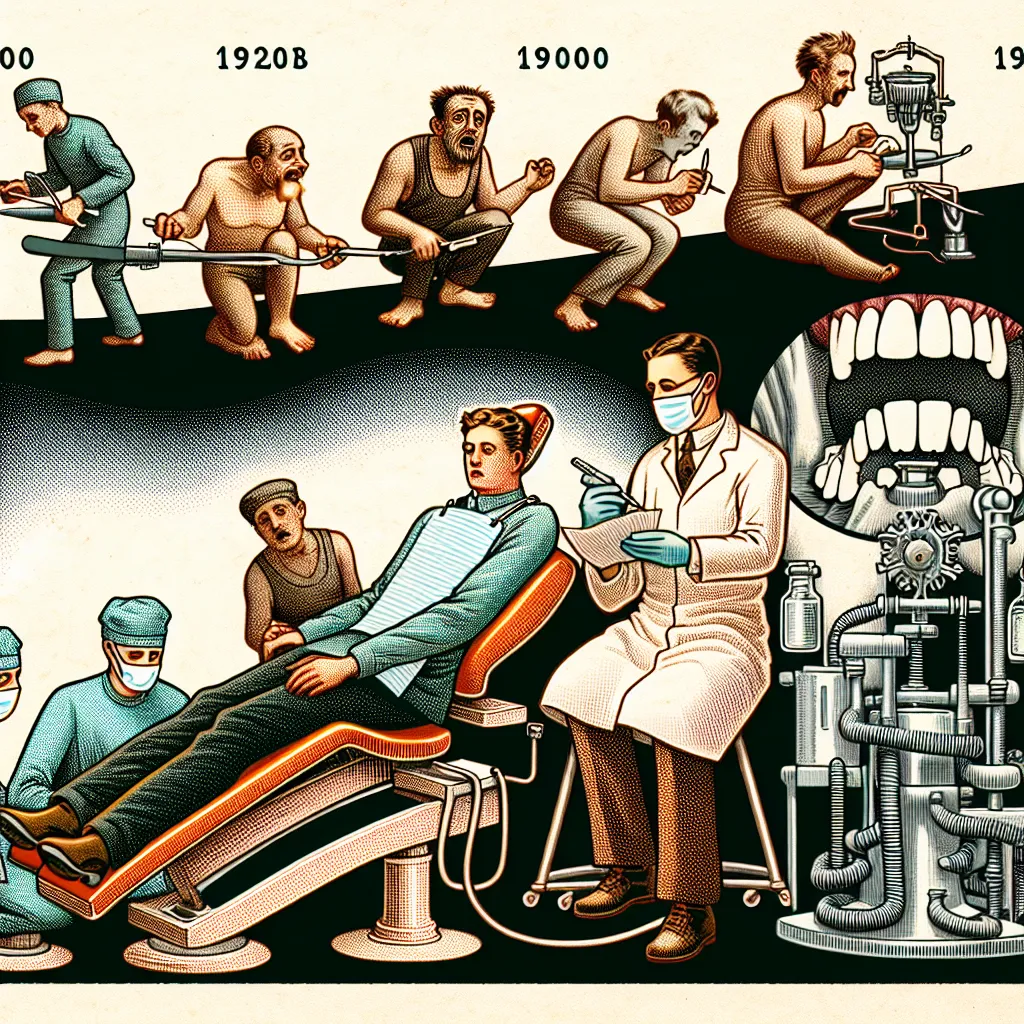
The Evolution of Sedation Dentistry in Pain-Free Treatments
Sedation dentistry plays a crucial role in modern dental practice, revolutionizing the way patients experience pain-free treatments. Understanding the history, various techniques, and benefits of sedation dentistry is essential in providing optimal care and comfort to individuals seeking dental procedures.
History and Development of Sedation Dentistry in Pain Management
The evolution of sedation dentistry has significantly impacted the field of pain management in dental procedures. Let’s delve into the historical journey and progressive development of sedation techniques.
1. Early Beginnings of Sedation in Dentistry
In the early days, dentistry was often associated with fear and anxiety due to the discomfort and pain experienced during treatments. This led to the exploration of sedation methods to alleviate patient distress and improve overall experience.
2. Introduction of Nitrous Oxide
One of the pivotal moments in the history of sedation dentistry was the introduction of nitrous oxide, commonly known as laughing gas, in the mid-19th century. This marked a significant milestone in providing pain relief and relaxation for patients undergoing dental procedures.
3. Advancements in Intravenous Sedation
As dental practices advanced, so did sedation techniques. The development of intravenous sedation allowed for deeper levels of sedation, catering to patients with severe dental phobia or those requiring extensive treatments in a single session.
4. The Emergence of Oral Sedatives
In more recent times, oral sedatives have gained popularity for their convenience and effectiveness in managing mild to moderate dental anxiety. These medications provide a simple yet efficient way to induce relaxation and comfort during dental visits.
5. Incorporation of Sedation in Specialized Procedures
Sedation dentistry has not only revolutionized routine dental treatments but has also played a crucial role in complex and specialized procedures such as oral surgeries and root canals. The use of sedatives has enhanced patient safety and satisfaction in these intricate procedures.
6. Future Prospects and Innovations
Looking ahead, the future of sedation dentistry holds promising innovations, including the integration of technology for precise sedation delivery and personalized treatment approaches tailored to individual patient needs. The ongoing research and development in sedation techniques aim to further improve the pain management aspect of dental care.
Types of Sedation Techniques for Pain-Free Dental Procedures
When it comes to undergoing dental procedures, the fear of pain can often deter individuals from seeking necessary care. However, with the advancement of sedation dentistry, patients can now experience a comfortable and pain-free treatment process. Let’s explore some of the most common types of sedation techniques used in dental practices:
1. Inhalation Sedation (Nitrous Oxide)
Nitrous oxide, also known as laughing gas, is a popular sedation method used to help patients relax during dental procedures. Administered through a mask placed over the nose, this colorless and odorless gas induces a calming effect, allowing patients to feel at ease while remaining conscious throughout the treatment.
2. Oral Sedation
Oral sedation involves taking prescribed medication by mouth before the dental appointment to induce a state of relaxation. This form of sedation can vary in dosage, from mild to moderate, depending on the patient’s anxiety level and the complexity of the procedure. It is a convenient option for individuals with a fear of needles or those requiring a more profound sense of calmness.
3. Intravenous (IV) Sedation
IV sedation is a method where sedatives are administered directly into the bloodstream, allowing for quick and precise control of the sedative’s effects. This technique is often used for patients undergoing extensive dental surgeries or those with severe dental phobias. While the patient remains conscious, they may have little to no memory of the procedure afterward.
4. General Anesthesia
General anesthesia is the deepest form of sedation, rendering the patient completely unconscious throughout the dental procedure. This type of sedation is typically reserved for complex oral surgeries or patients with special needs requiring extensive dental work. Under the care of an anesthesiologist, patients can undergo treatment without experiencing any discomfort.
The Role of Sedation Dentistry in Pain-Free Treatments
Picture this: you walk into a dental office with a sense of calm washing over you, knowing that your upcoming treatment will be a breeze. This tranquility is made possible by the wonders of sedation dentistry, a game-changer in the world of pain-free dental care.
1. The Tranquil Journey Begins
From the moment you settle into the dental chair, the soothing effects of sedation dentistry start to work their magic. The anxiety and fear that once gripped you are gently replaced by a peaceful state of mind, ready to embrace the dental experience ahead.
2. Blissful Ignorance of the Procedure
As the dentist begins their work, you drift off into a dream-like state, blissfully unaware of the intricate procedures taking place in your mouth. The whir of dental tools becomes nothing but background noise as you remain comfortably distant from the treatment process.
3. A Seamless Treatment Experience
With sedation dentistry, hours feel like minutes as you sail through your treatment with seamless ease. The concept of time fades away, leaving you to revel in the pain-free journey towards a healthier smile.
4. Embracing Fear and Anxiety
Gone are the days of dental phobia holding you back from essential oral care. Sedation dentistry opens the door for individuals to confront their fears head-on, paving the way for a positive and empowering dental experience.
5. The Aftermath: Calmness Prevails
As the treatment concludes, a sense of calmness lingers, contrasting starkly with the common post-dental visit anxiety. Thanks to sedation dentistry, the aftermath of the procedure is just as stress-free as the treatment itself, allowing you to carry on with your day with a smile on your face.